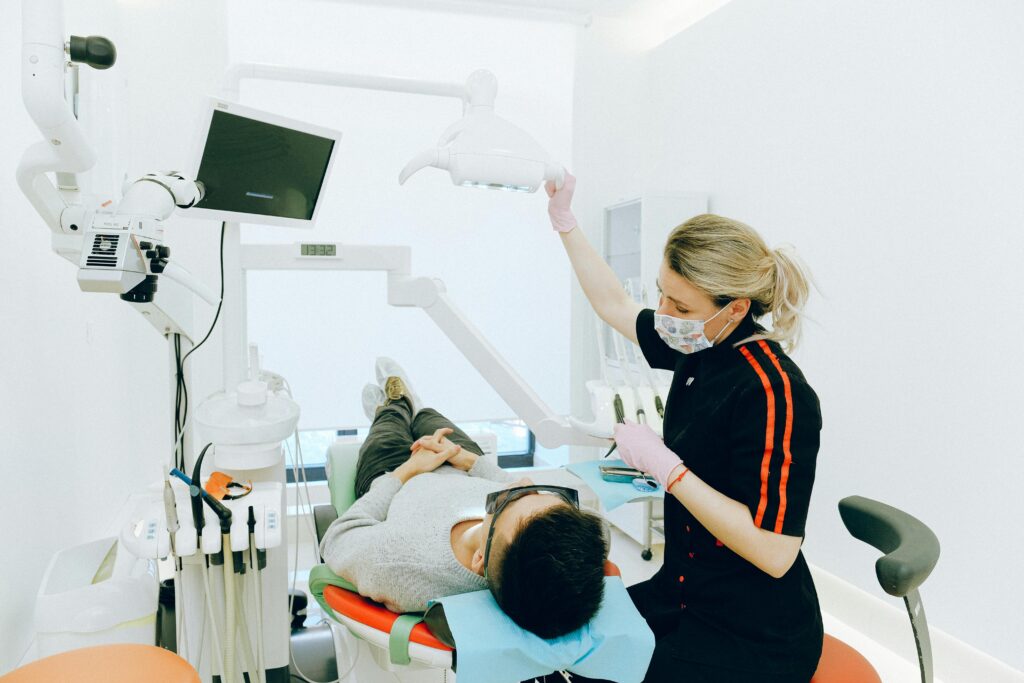Overview
Pets hold a special place in our hearts, serving as beloved companions and family members. As pet ownership continues to rise globally, so does the demand for pet insurance. Pet insurance, like human health insurance, covers medical expenses for our furry friends. But the concept of insuring pets is not a new one. In fact, pet insurance has been around for more than a hundred years. However, the evolution of pet insurance has been significant in recent years, and the trends and predictions for the next decade are truly fascinating.
Let’s take a trip down memory lane and explore the evolution of pet insurance.
The Beginning: Accident Coverage
The first recorded case of pet insurance dates back to 1890 when Swedish insurance company, Länsförsäkringsbolagens, offered policies to cover the death of horses. However, the first modern-day pet insurance policy was introduced in 1947 in Sweden, covering ailments and accidents for all domestic animals. In the following years, a few other companies also stepped into the game, offering similar policies to pet owners. However, these policies were only limited to accidents and illness coverage, with no option for routine care or preventative care.
The Rise of Comprehensive Coverage
As the demand for pet insurance increased, companies started to offer more comprehensive coverage options. In the 1970s, the first pet insurance policy with coverage for routine visits and preventative care was introduced in the UK. This marked a significant shift in the pet insurance industry, as pet owners could now have their pets covered for regular check-ups and vaccinations.
In the 1980s and 1990s, pet insurance gained more popularity in both the UK and the US. By the end of the 20th century, there were multiple pet insurance companies in the market, offering different levels of coverage and premiums. More and more pet owners started to realize the benefits of pet insurance and signed up for policies for their beloved companions.
The Digital Age: Technological Advancements in Pet Insurance
The evolution of pet insurance coincided with the rise of technology in the 21st century. With more advanced medical treatments and procedures available for pets, the cost of veterinary care also increased. This, in turn, led to a rise in insurance premiums. As a result, pet insurance companies started to utilize technology to improve their services and policies.
Today, most pet insurance companies have online portals where pet owners can easily sign up for policies, submit claims, and track their coverage. Some companies also offer mobile apps, making it even more convenient for pet owners to manage their policies. These digital advancements have made the process of getting pet insurance easier and more efficient for both the companies and the customers.
The Future of Pet Insurance: Trends and Predictions for the Next Decade
The demand for pet insurance is expected to continue to rise in the next decade, but what are the trends and predictions for the future of pet insurance?
1. Increasing Coverage Options
As the pet insurance market continues to grow, companies are likely to offer more coverage options to cater to the specific needs of pet owners. In addition to illness and accident coverage, there may be policies for various services such as dental care, alternative therapies, and even breeding-related procedures.
2. Personalized Policies
With the advancements in technology, pet insurance companies may start to offer more personalized policies based on the individual needs of pets. Factors such as breed, age, and pre-existing conditions may be taken into consideration when determining coverage and premiums.
3. Integration with Veterinary Practices
Some pet insurance companies have already begun to integrate with veterinary practices, allowing for a more seamless claims process. In the future, this trend is likely to continue, with pet insurance companies partnering with more clinics and hospitals to provide better and faster services to pet owners.
4. Accessibility for All Income Levels
Currently, pet insurance premiums can be expensive for many pet owners. However, with the growing demand for pet insurance, it is predicted that there will be more affordable options available in the future, making insurance accessible to pet owners from all income levels.
5. Use of Artificial Intelligence (AI)
As pet insurance companies continue to utilize technology, we may see more use of AI in the claims process. AI can help streamline the claims process and reduce the time it takes for pet owners to receive reimbursement. It can also help predict potential health issues in pets, leading to earlier detection and treatment.
The Bottom Line
The evolution of pet insurance has come a long way, from just coverage for accidents to more comprehensive policies. With advancements in technology and the increasing demand for pet insurance, the future of pet insurance looks promising. As pet owners, it is important to stay updated on the latest trends and predictions to ensure we provide the best possible care for our furry friends. After all, our pets deserve the best, and pet insurance helps us provide just that.


